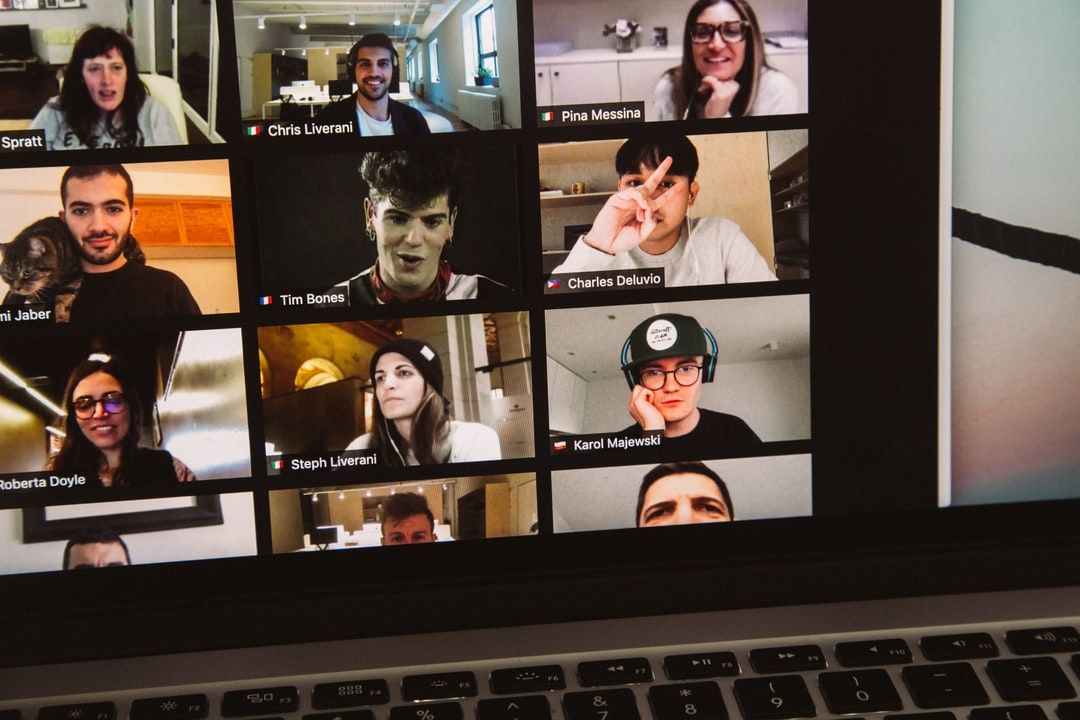Welcome to a social emotional learning (SEL) lesson plan for teenagers about pausing!!!
Do you remember being told to 'calm down' at a time when you were very upset? Can you recall how that made you feel? If you are anything like me, it was an infuriating sentiment. My mind reeled with questions and thoughts like, "Why should I be calm? You're not calm. You can't control me..." you get the gist.
Sometimes, being told to pause can have a similar sentiment to being told to calm down, and that is not the desired effect. Pausing is a learned skill that has the benefits of calming our nervous system, but we have to also acknowledge that it isn't like flipping a light switch.
Learning to pause takes practice, and to avoid revving up the nervous system by commanding someone to pause, it is incredibly helpful to build that skill in low stress environments. This normalizes the process and lets everyone explore how it works for them with an awareness that it may be different than for their classmate.
Objective: Practice pausing in low stress environments in order to build muscle memory, awareness, and identify what works.
Materials: A way to show images, whether that is projected, printed, etc., and a way to take notes for the class
Context: This short lesson can be 10-15 minutes long. To maximize understanding, briefly summarize what pausing is, and its benefits.
Outline: - Start with a gentle reminder/questions about what pausing is and why we do it.
Pausing is a way to give ourselves space internally, so that we can choose how to respond instead of reacting using our conditioned habits. When we practice, it can become a skill that is ready to use when you need it at stressful times. Practicing helps you figure out what works for you and builds brain connections that make it easier over time, just like working out builds muscle memory in your body. 2. Ask if anyone has intentionally paused recently and if they would be willing to share about their experience.
It's always good to be prepared to share your own example!
3. Ask if anyone has tried to pause, but it didn't work, and if they are willing to share about their experience.
Making space for this shows that it is a practice, and that we are all learning.
Again, it's good to be prepared to share your own example.
5. Ask about terminology that feels familiar. Feel free to adopt a new term if it fits your culture.
If pausing means giving your nervous system time and space to unwind, are there other words you use to describe it?
Examples: resetting, chilling out, calming down, taking a break.
6. What are your favorite ways to pause? Generate 5-10 ideas.
Examples:
- Listening to music,
- Drawing,
- Going on a walk,
- Taking a bath,
- Getting in bed and pulling the covers over your head,
- Watching something hilarious on YouTube, or
- Playing a sport
7. We can't necessarily use all our favorite ways depending what context we are in. Let's pull up some spaces and identify socially acceptable ways we can pause in said places.





